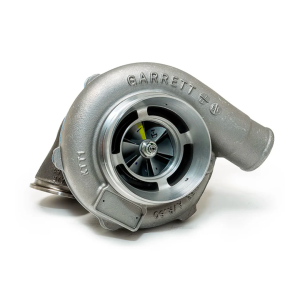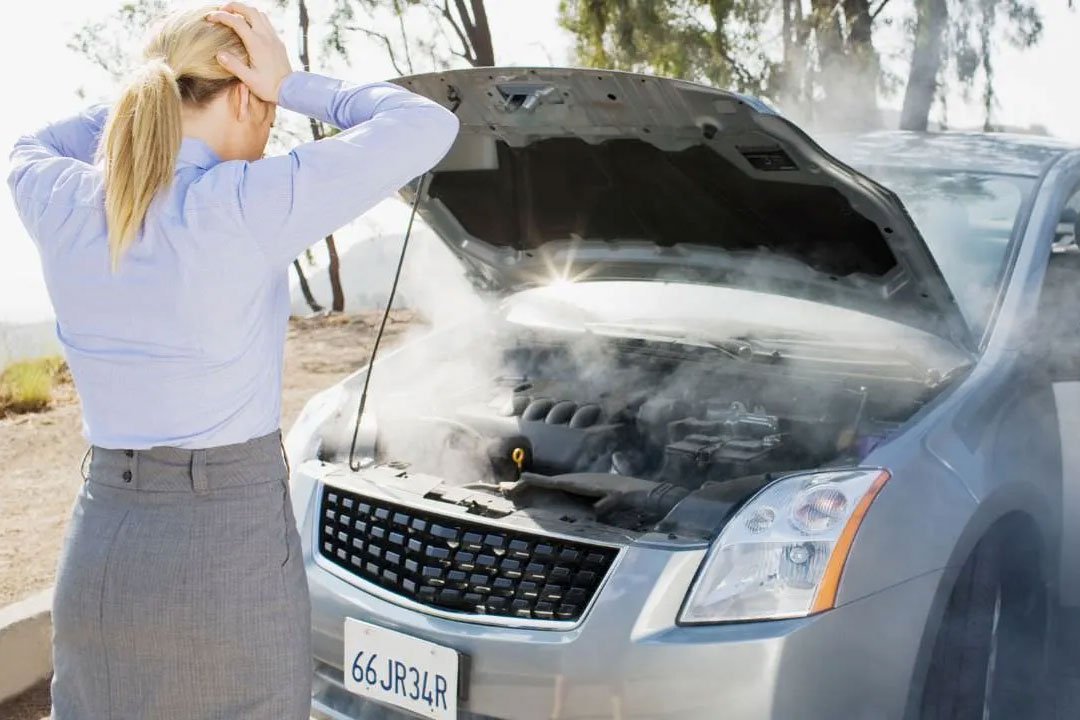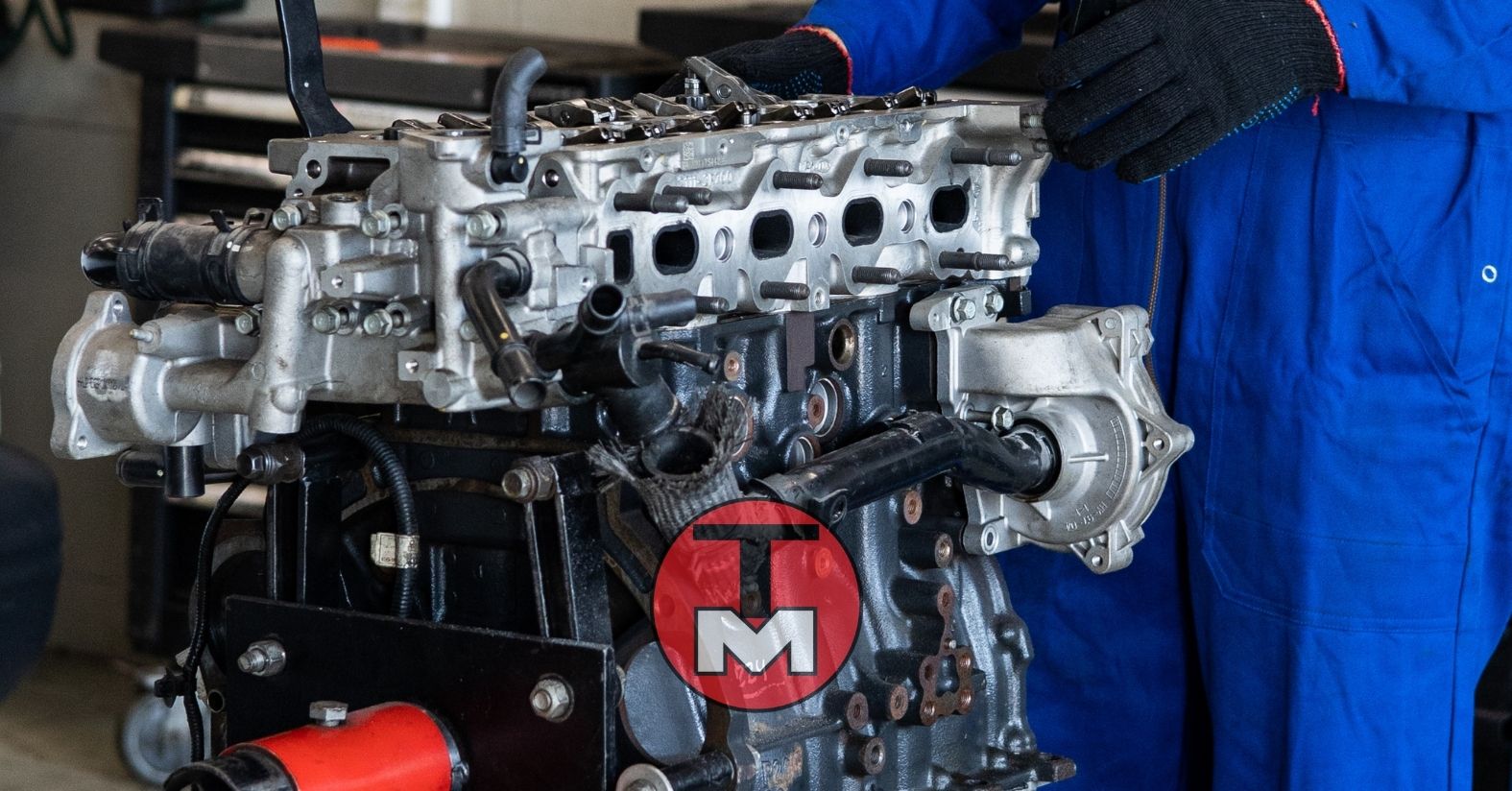The seizure of an engine, is manifested by a decrease in engine speed, thus transitioning to a significant decrease in vehicle performance.

Introduction
In the world of motoring, few things can be more frightening for a motorist than feeling helpless as their vehicle begins to show signs of engine trouble. One of the most feared problems is the engine seizure, a condition that can lead to a significant decrease in vehicle performance.
In this article, we will explore in detail the phenomenon of engine seizure: what causes it, what the symptoms are and how to prevent it. In addition, we will provide you with valuable tips on how to keep your engine in perfect condition to avoid unpleasant incidents on the road.
Chapter 1: What is Engine Malfunction?
Engine seizure is a serious problem that can occur when certain parts of an engine seize due to friction or deformation. This process can lead to a drastic drop in engine speed and severely affect vehicle performance.
The causes of seizure are often related to lubrication and overheating problems. When the engine is not properly lubricated, the moving parts inside can rub against each other, causing high wear. In addition, overheating can lead to excessive expansion of parts, causing blockage.
Chapter 2: Symptoms of Engine Seizure
Recognising the symptoms of engine seizure is crucial for early intervention and preventing greater damage. One of the most obvious signs is a decrease in engine speed. When you notice that your vehicle struggles to maintain speed or accelerates slowly, it could be a clear sign of seizure.
Another common symptom is a noticeable drop in vehicle performance. The engine may lose power, respond erratically to acceleration and even make abnormal noises.
Chapter 3: Causes of Engine Seizure
To fully understand how to prevent engine seizure, it is essential to know its main causes. Here are some of the most common reasons behind this problem:
-
Lack of Lubrication: Lack of oil or insufficient lubrication can cause moving engine parts to rub against each other, leading to accelerated wear and eventually to seizure.
-
Overheating: Overheating of the engine can cause excessive expansion of its components, leading to blockage. This can be caused by an inefficient cooling system or overuse of the engine.
-
Normal wear: Over time, all mechanical parts suffer wear and tear. If your engine has many kilometres behind it, it may be more susceptible to seizing.
Chapter 4: How to Prevent Engine Clogging
The good news is that you can take steps to prevent engine seizure and keep your vehicle's performance at peak level. Here are some useful tips:
-
Maintain Oil Level: Check the oil level regularly and change it according to the manufacturer's recommendations. Oil plays a vital role in engine lubrication.
-
Check the Cooling System: Make sure that your vehicle's cooling system is in good condition and that the radiator is clean. Overheating is one of the main causes of seizing.
-
Responsible Driving: Avoid subjecting the engine to excessive stress. Do not accelerate abruptly and do not force the engine under extreme conditions.
-
Preventive Maintenance: Do regular preventive maintenance at a trusted mechanic. Regular checks can detect problems before they become serious.
-
Use quality oil: Choose a high-quality engine oil recommended by the vehicle manufacturer to ensure the best lubrication.
-
Responsible Driving: Avoid subjecting the engine to excessive stress. Do not accelerate abruptly and do not force the engine under extreme conditions.
Chapter 5: What to do if the Engine is seized
If your engine is already seized, it is essential to act quickly to avoid greater damage. Here is what you can do:
-
Switch off the engine: Do not try to force the motor to run. Switch it off immediately.
-
Call a Mechanic: Contact a professional mechanic to assess the damage and make the necessary repairs.
-
Do not attempt Do-It-Yourself repairs: Engine seizure is a complex problem that requires specialised expertise. Do not try to solve it on your own, you could make the situation worse.
Chapter 6: Conclusions
Engine seizure is a serious problem that can lead to a significant drop in vehicle performance. However, with proper maintenance and early recognition of symptoms, it can be successfully prevented. Make sure to keep the oil level under control, check the cooling system and drive responsibly. Remember that preventive maintenance is the key to avoiding unpleasantness on the road. Keeping your engine healthy is essential to ensure a safe and trouble-free driving experience.









